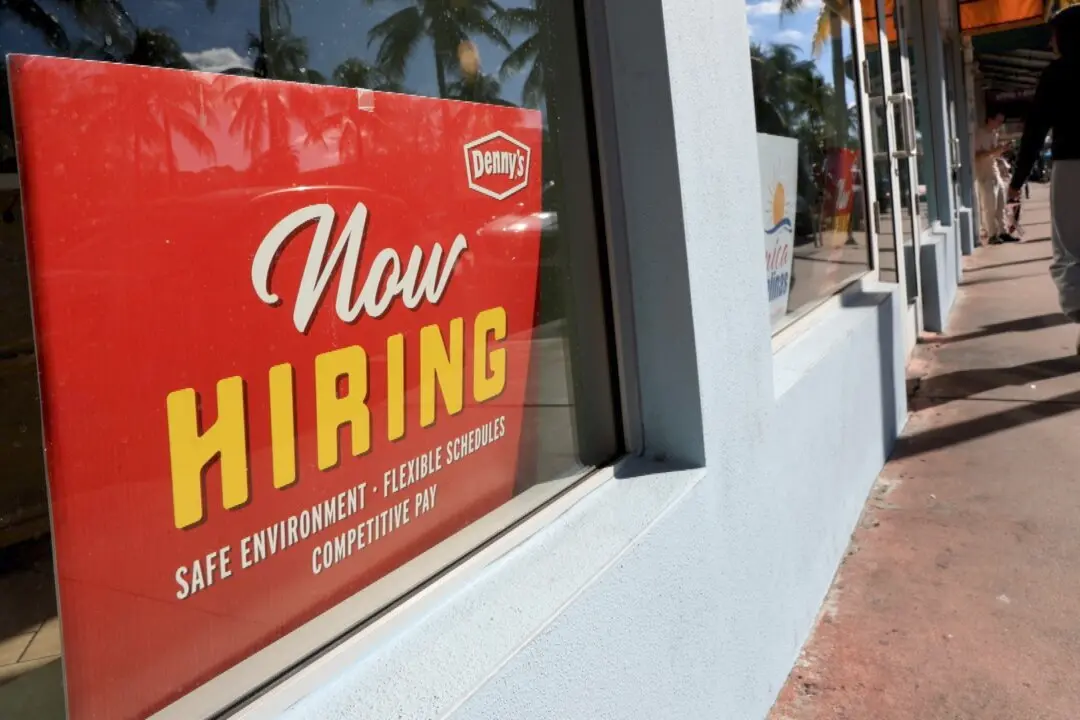Economic conditions have been largely the same in the United States since early September, according to the Federal Reserve’s latest report.
The Beige Book—a summary of regional economic conditions across the 12 Federal Reserve districts—reported that much of the country had reached a standstill, with only two districts registering modest growth.





